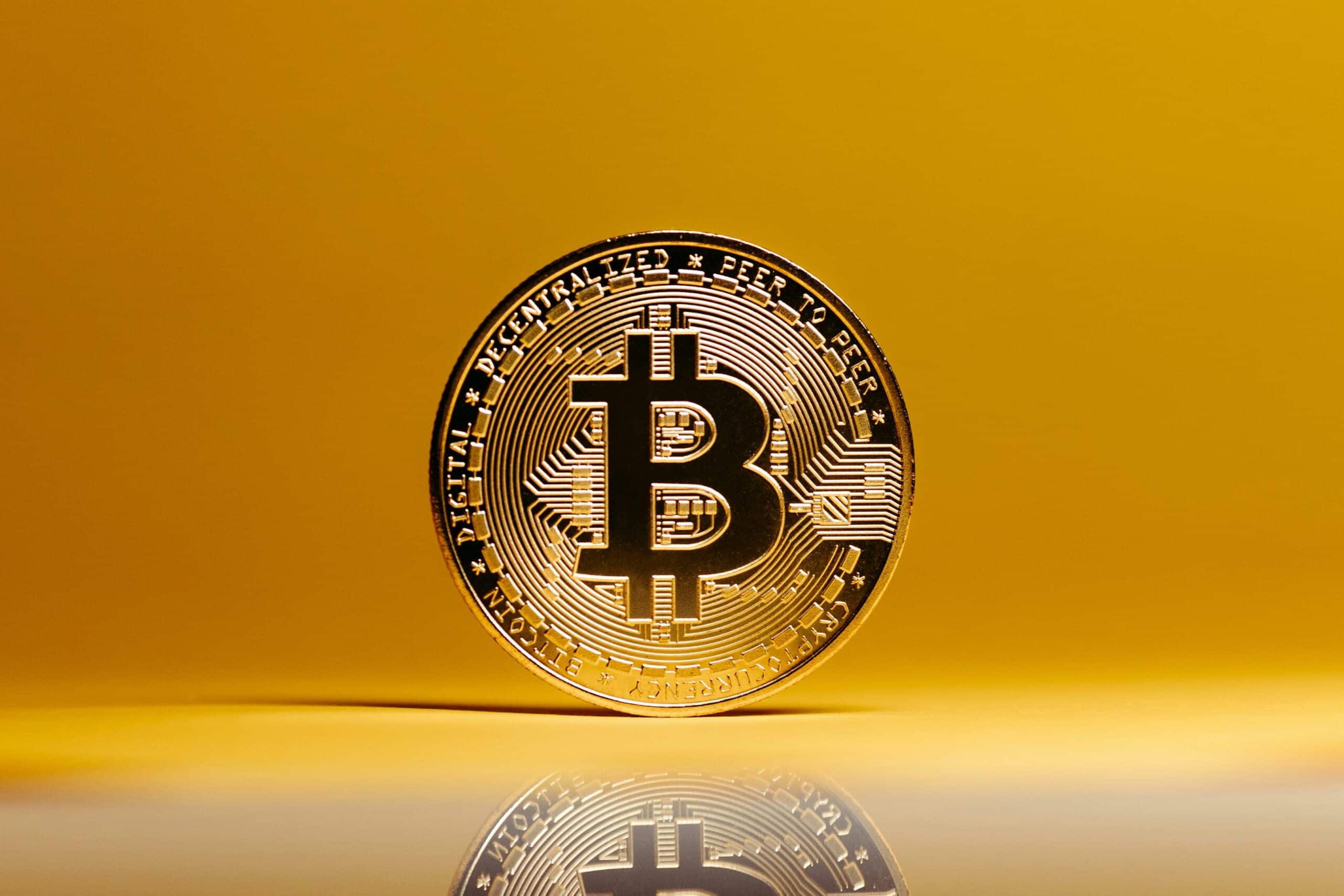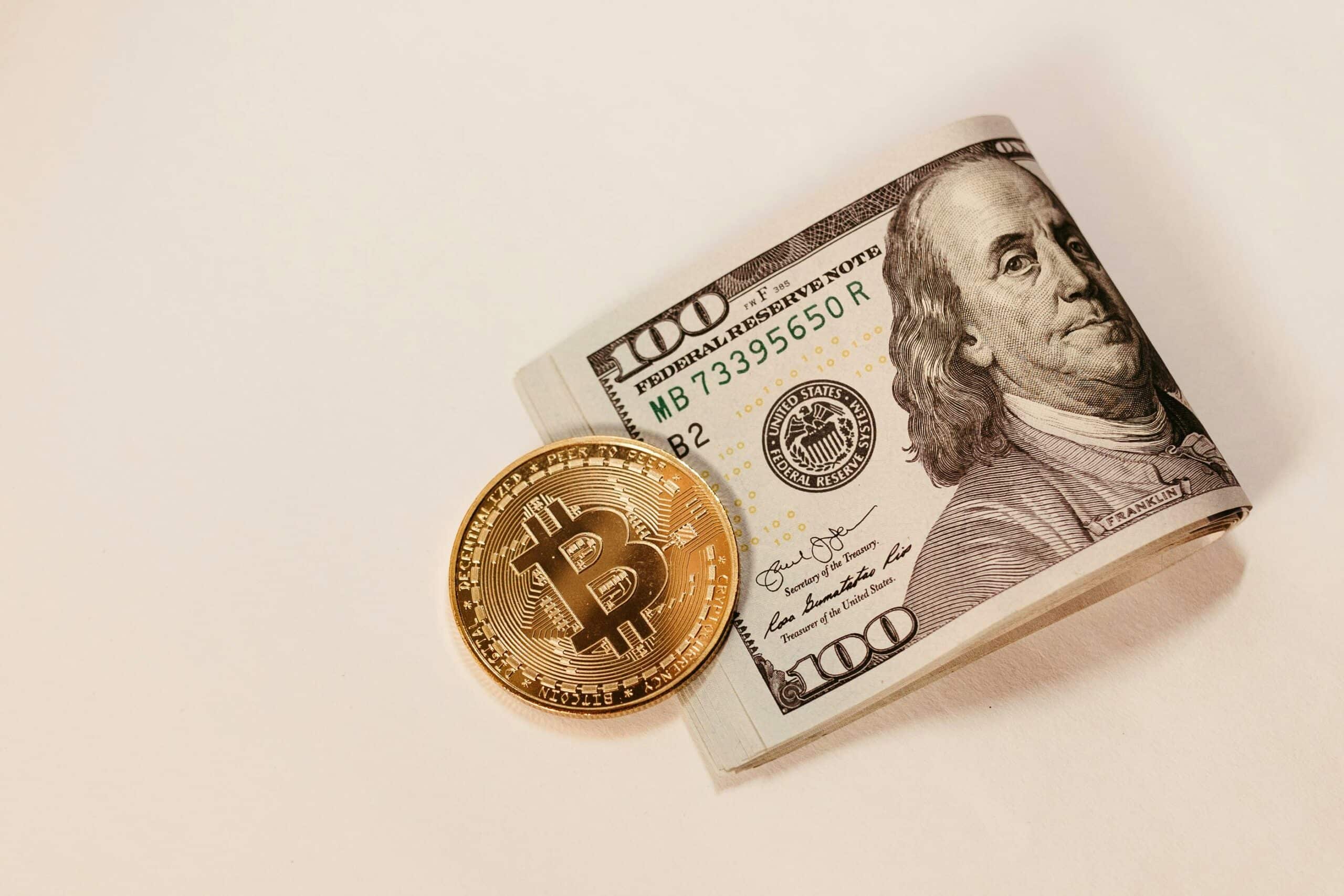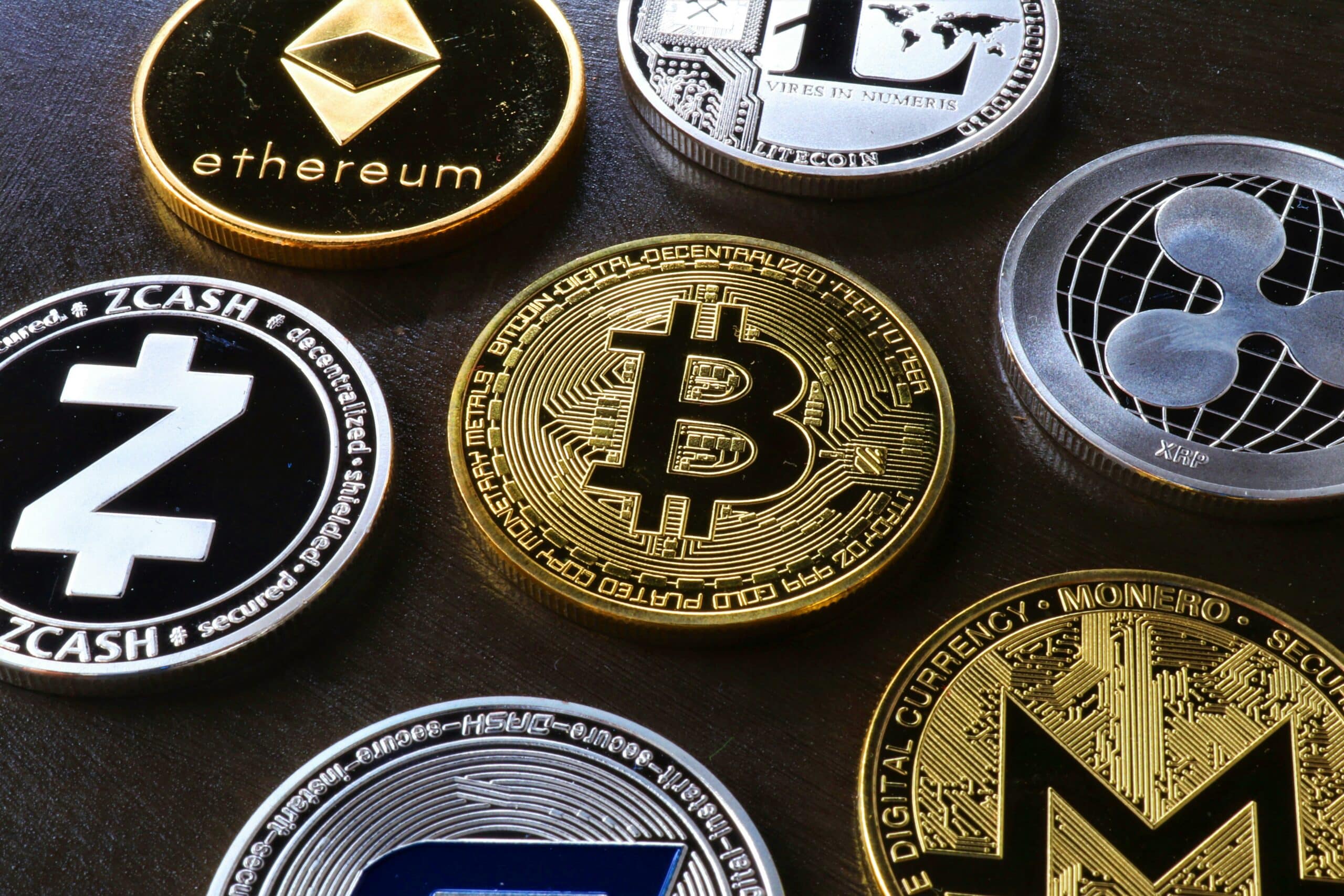Explore the world of Binance, a behemoth in the cryptocurrency exchange realm. Since its inception, Binance has played a pivotal role in shaping the digital finance sector, facing several cybersecurity threats along the way. This timeline offers a detailed look at the security challenges Binance has encountered, highlighting the resilience and adaptability required to navigate such a volatile landscape.
Table of Contents
2017-2019: The Formative Period
2017: A Stellar Launch
Launching in mid-2017, Binance quickly set a new standard for cryptocurrency exchanges worldwide. Its user-friendly interface, a wide array of supported cryptocurrencies, and innovative features like the Binance Coin (BNB) contributed to its rapid rise. This period of explosive growth showcased Binance’s potential to lead the digital finance revolution and brought to light the significant responsibility resting on its shoulders. As the user base expanded exponentially, so did the need for robust security measures to protect against the myriad of threats in the digital world.
2019 May: The $40 Million Hack Incident
The real test of Binance’s commitment to security came in May 2019, when the platform experienced a sophisticated cyberattack. Hackers managed to bypass security measures to withdraw 7,000 BTC, equivalent to approximately $40 million at the time. This breach was not just a financial hit; it exposed vulnerabilities in user API keys and 2FA codes, critical components of account security. The incident could have been a devastating blow to Binance’s reputation and user trust.
However, Binance’s response to this crisis was commendable. The exchange immediately tapped into its Secure Asset Fund for Users (SAFU), an emergency insurance fund it had established precisely for such unforeseen incidents. This move ensured that affected users did not suffer any financial loss.
Furthermore, Binance undertook a comprehensive security review, scrutinising every aspect of its platform to identify and rectify vulnerabilities. Withdrawals and deposits were temporarily suspended to prevent further unauthorised access, a decision that, while inconvenient, underscored Binance’s prioritisation of user security over operational continuity.
This period was a defining moment for Binance, proving its resilience and dedication to maintaining a secure trading environment. The actions taken in the wake of the hack set new standards for how crypto exchanges should respond to security breaches, emphasising transparency, rapid response, and the importance of having financial safeguards like the SAFU in place.
2020-2022: Regulatory Scrutiny and Security Overhauls
2020: Tightening the Reins
The year 2020 was a turning point for Binance as it found itself under the microscope of regulatory bodies worldwide. The exchange’s growing influence in the crypto market drew attention not only from investors and users but also from regulators keen on ensuring the new frontier of digital finance was not a wild west.
In response, Binance took proactive steps to bolster its Know Your Customer (KYC) and Anti-Money Laundering (AML) policies. This initiative was far from a mere checkbox exercise for regulatory compliance. It was a clear signal of Binance’s unwavering commitment to building a trading environment where transparency and trust are paramount. By enhancing these policies, Binance aimed to protect its platform from being misused for illicit activities, thereby safeguarding its users’ interests and contributing to the broader goal of legitimising cryptocurrency trading.
2022: Facing the Music with a $4.3 Billion Settlement
In 2022, Binance faced one of its most significant challenges yet. Allegations of sanctions violations brought the exchange into a direct confrontation with U.S. authorities, resulting in a monumental $4.3 billion settlement. This event was more than a financial setback for Binance; it served as a wake-up call and a catalyst for sweeping changes within the organisation. The settlement underscored the importance of adherence to international financial regulations and prompted Binance to overhaul its compliance practices comprehensively.
The remedial measures introduced in the aftermath were designed to do more than just address the immediate issues at hand. They were part of a broader strategy to future-proof the platform against similar risks and to reinforce Binance’s dedication to operating within the regulatory framework. These measures included enhancing the exchange’s internal controls, improving its transaction monitoring systems, and implementing more rigorous customer verification processes. Through these actions, Binance sought to comply with existing regulations and set a new standard for compliance in the cryptocurrency industry.
2023: A Year of Turbulence
Early 2023: The GitHub Data Leak Scare
The tranquillity of the early months of 2023 was disrupted when Binance found itself at the centre of a security dilemma — a reported leak of its internal data on GitHub. This incident raised alarms over the potential exposure of sensitive company information, stirring unease within the Binance community. The leaked data, purportedly containing internal passwords, code, and infrastructure diagrams, could have been a goldmine for cybercriminals.
However, Binance’s response was swift and measured. The company conducted a thorough investigation and concluded that the leaked data was outdated, thus posing a negligible risk to the platform’s security and its users’ privacy. To mitigate any potential harm, Binance worked diligently to have the data removed from GitHub. In a move to reassure its community, the exchange reinforced its security measures, demonstrating its agility in responding to potential threats and its unwavering commitment to user safety.
Mid-2023: The Binance Chain Exploit
The calm after the GitHub data leak scare was short-lived. By mid-2023, Binance was again thrust into the spotlight due to a security exploit within its BNB Chain. In a bold and sophisticated cyberattack, hackers managed to mint an astonishing $569 million in cryptocurrency. Unlike traditional hacks that involve the direct theft of funds, this exploit created new tokens out of thin air, threatening to inflate the supply of BNB tokens and destabilise the market.
Binance’s reaction to this exploit was a testament to its proactive approach to security. The exchange quickly froze the BNB Chain to halt the movement of the illicitly minted tokens and collaborated with other cryptocurrencies to trace and recover the funds. This decisive action prevented the potential devaluation of the BNB token and minimised market disruption. The incident served as a stark reminder of the innovative tactics employed by cybercriminals and underscored the importance of continuous vigilance and adaptation in the face of evolving cyber threats.

Early 2024: Reaffirmation of Security Measures
The onset of 2024 brought with it whispers and concerns regarding potential vulnerabilities within Binance‘s infrastructure. Amidst these rumours, Binance stood firm, denying these claims and taking concrete steps to fortify its platform against any conceivable threats. This period was marked by a significant reaffirmation of the exchange’s security measures, reflecting a deep-seated commitment to user protection and platform integrity.
Binance’s approach to security is multifaceted, integrating state-of-the-art technology with best practices in cybersecurity. Regular audits became a cornerstone of its strategy, ensuring that every aspect of the exchange’s operations was scrutinised for vulnerabilities. Advanced encryption techniques were employed to safeguard user data, creating a formidable barrier against unauthorised access.
However, Binance recognised that technology alone is not enough. User education emerged as a critical component of its security framework. The exchange embarked on initiatives to empower its users with the knowledge and tools needed to protect their accounts. Workshops, tutorials, and resources on safe trading practices were made readily available, fostering a culture of security awareness within the Binance community.
This comprehensive approach underscored Binance’s dedication to not just responding to threats but preemptively addressing them. By reinforcing its security measures and investing in user education, Binance demonstrated its resolve to maintain a secure and trustworthy trading environment. The actions taken in early 2024 reflect a broader commitment to vigilance and adaptation, principles that are essential for navigating the world of cryptocurrency trading.
Lessons Learned and the Path Forward
The journey through these cybersecurity challenges has been instrumental in shaping Binance‘s approach to platform security. The exchange has learned the importance of transparency with its user base, the necessity for rapid response to threats, and the value of educating its community on security best practices. As cybercriminals continue to evolve their tactics, Binance recognises the need for an ongoing commitment to cybersecurity measures.
The future will undoubtedly bring new challenges as the arms race between cybersecurity defences and hacker ingenuity persists. However, Binance’s experiences have fortified its resolve to stay ahead of threats and ensure the integrity of its platform.
Key Takeaways
Reflecting on Binance‘s history of navigating security challenges offers valuable insights into the broader cryptocurrency security landscape. These incidents have not only tested Binance’s resilience but have also contributed to the industry’s understanding of effective cybersecurity strategies. Continuous improvement in security practices is essential for protecting the digital finance ecosystem against evolving threats.
Binance’s commitment to security, transparency, and user education serves as a model for the industry, underscoring the critical role these elements play in fostering a safe and trustworthy digital finance environment.
As we look to the future, the lessons learned from Binance’s experiences will undoubtedly influence the ongoing development of cybersecurity measures in the cryptocurrency sector.














